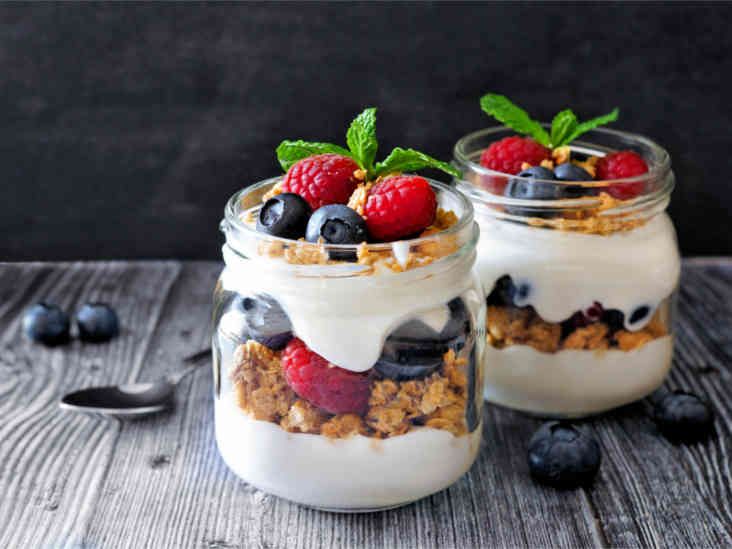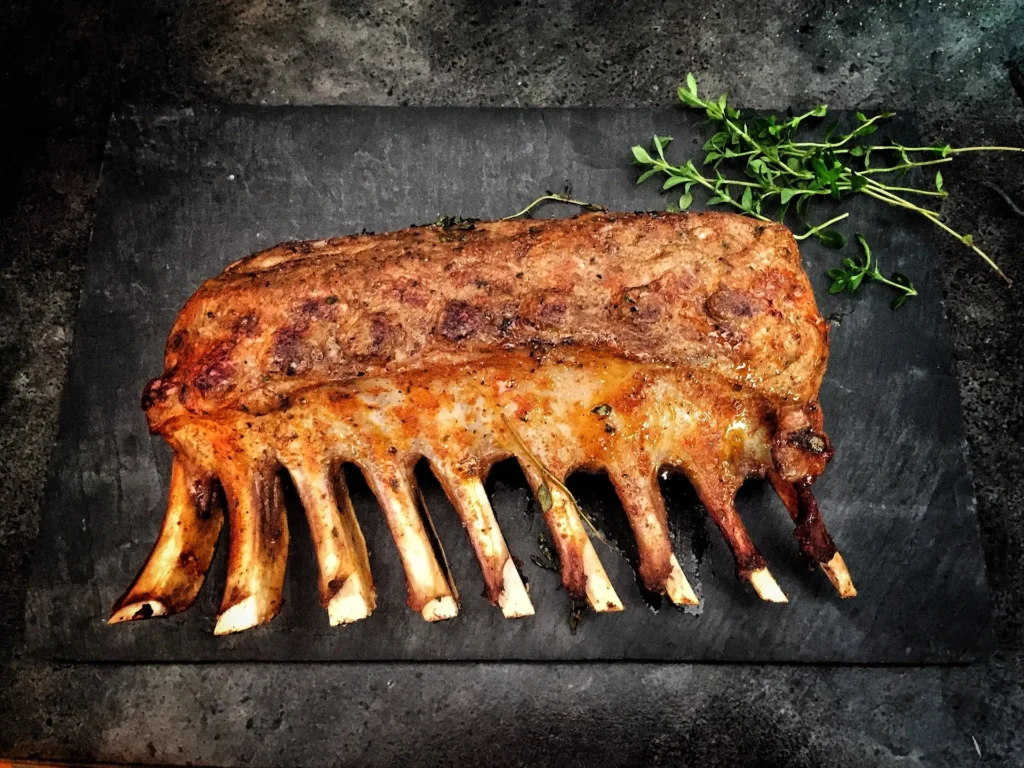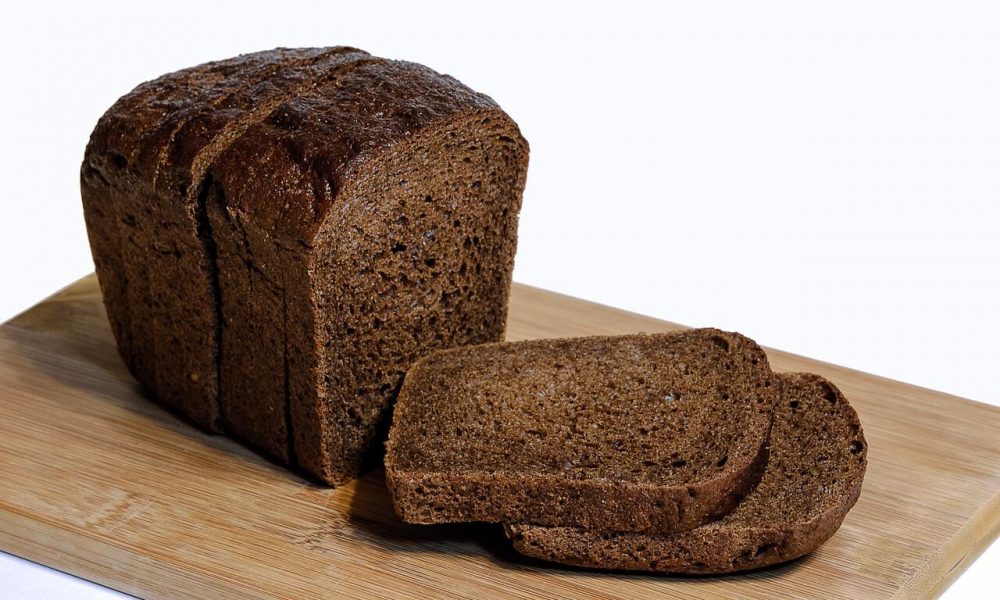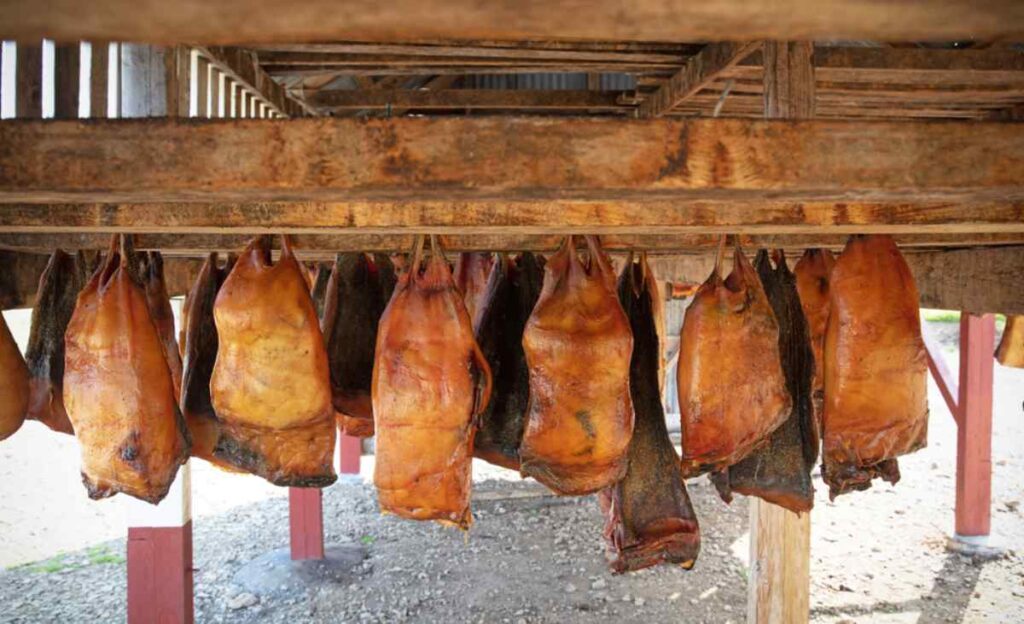Iceland’s culinary traditions are a testament to the country’s challenging environment and remote location, influenced by generations of ingenuity. Due to the scarcity of arable land, Icelanders have developed exceptional skills in utilizing the resources at hand, such as fresh seafood, free-ranging lamb, and preserved foods. Contemporary culinary experts have elevated these traditions, merging them with Nordic ingenuity to craft dishes that are both traditional and exhilarating.
A fusion of heritage and contemporary elements.
Icelandic cuisine is deeply influenced by the survival methods of vikings, such as fermenting and smoking, but modern chefs have introduced innovative elements, making it a popular destination for food enthusiasts. During my trip to Reykjavík, I was astonished by how a basic fish stew could evoke a sense of both rustic charm and gourmet sophistication. The combination of traditional and modern elements is what sets icelandic cuisine apart and makes it truly distinctive.
1: Skyr: iceland’s rich superfood.

Skyr, commonly referred to as Icelandic yogurt, has been a long-standing dietary staple for more than a thousand years. Rich, smooth, and abundant in protein, it’s crafted from skimmed milk and bacterial cultures, resulting in a milder taste compared to Greek yogurt. My initial encounter with skyr took place at a café in Reykjavík, where it was served alongside a delightful combination of fresh blueberries, and it instantly won me over.
How to Enjoy Skyr.
Its velvety texture and delicate sweetness make skyr adaptable—suitable for breakfast, smoothies, or even desserts like skyr crème brûlée. You can find it in every grocery store, ranging from basic to flavored options such as vanilla or strawberry. It’s a nutritious, low-fat snack that’s both filling and convenient for road trips.
Where to sample skyr.
Café Loki (Reykjavík): serves delicious skyr pancakes and refreshing smoothies, perfect for a warm and comforting morning meal.
Supermarkets: brands like Icelandic provisions and Siggi’s are widely available.
The Lava restaurant, known as the Blue Lagoon, offers a variety of desserts made with skyr, a creamy and indulgent treat.
Pro tip.
To achieve an authentic taste, sprinkle plain skyr with sugar and incorporate fresh berries, just like the people of Iceland have been doing for generations. It’s a straightforward yet delectable way to kickstart your morning.
2: Icelandic lamb: a flavor of the mountains.

Icelandic lamb is a unique and exceptional meat—soft, delicious, and cultivated in the wild highlands, where it feeds on grass, berries, and herbs. My initial encounter was at a family-owned eatery in Reykjavík, where a succulent lamb dish was cooked slowly, infused with the aromatic flavors of arctic thyme. The meat’s natural purity, without any added hormones, makes it a must-try delicacy.
What sets Icelandic lamb apart?
The sheep are allowed to roam freely, resulting in meat that has a distinct, gamey taste, which is lean and tender. Dishes such as hangikjöt (smoked lamb) or kjötsúpa (lamb soup) demonstrate the versatility of this meat. Hangikjöt is commonly paired with rye bread, while kjötsúpa is a warm and filling stew that is ideal for chilly weather.
Where to locate the finest lamb.
Every restaurant in Reykjavík is famous for its deliciously smoked hangikjöt, served with a creamy potato mash.
Bjarteyjarsandur (near Reykjavík): a sheep farm that provides farm-to-table lamb dishes.
Local markets: grab pre-sliced hangikjöt for a picnic or camping snack.
Advantages and Disadvantages of Icelandic Lamb.
Cons:
Con:
The meat is exceptionally tasty due to the animals’ natural diet.
Can be more costly than other meats.
Hormone-free and slim.
Few plant-based options available.
Versatile in soups, roasts, and sandwiches.
May not be suitable for those avoiding red meat.
How to Prepare a Delicious Meal
If you’re motivated to prepare lamb at home, generously season a leg with arctic thyme, garlic, and salt, then roast it at a low temperature of 180°c for 60–75 minutes to achieve a tender and flavorful outcome.
3: Rúgbrauð: geothermal rye bread.

Rúgbrauð, a dense and sweet rye bread, is baked in a manner that exudes the essence of Iceland—buried near geothermal hot springs. I had the opportunity to try it fresh at Laugarvatn Fontana, where they extracted it directly from the ground. The warm, crustless loaf, accompanied by butter, was an enchanting experience. Its subtly sweet, rustic taste is unforgettable.
The distinctive method of baking.
In the past, rúgbrauð was baked in pots placed near hot springs, utilizing the natural heat from the geothermal sources for a period of up to 24 hours. This technique, known as hverabrauð, imparts a distinct texture and taste to the dish. Today, many people bake it at home, but the traditional version is a must-try.
Where to savor rúgbrauð.
Laugarvatn fontana geothermal baths: witness the bread being unearthed and savor it while it’s still warm.
Brauð & co (reykjavík): a bakery that specializes in freshly baked rúgbrauð, with a wide variety of creative toppings to choose from.
Supermarkets: search for pre-packaged loaves to accompany smoked salmon or cheese.
rúgbrauð vs. Regular rye bread.
Feature:
Rúgbrauð:
Regular rye bread.
Cooking technique.
Geothermal or oven.
Oven:
Texture:
Dense, moist, crumbless.
The crusty, lighter.
Flavor:
Sweet, woody.
Nuts, less sugary.
Importance of Our Discovery
Farther north than Greenland.
Common worldwide.
Interesting tidbit.
The geothermal baking technique is so well-known that certain tours offer the opportunity to bake your own rúgbrauð—a hands-on experience that allows you to immerse yourself in icelandic culture.
4: Pylsur: the Icelandic hot dog.

Icelandic hot dogs, or pylsur, are a national obsession, and after trying one at bæjarins beztu pylsur, I could see why. Crafted with a combination of lamb, pork, and beef, they’re garnished with crispy onions, raw onions, ketchup, mustard, and remoulade. It’s an affordable, tasty street food that even Bill Clinton praised.
Why pylsur are a must-try.
The lamb provides a more substantial and flavorful taste compared to regular hot dogs, and the toppings contribute a delightful combination of crunch and tanginess. At a minimal cost, they offer an affordable option to experience local cuisine. For the ultimate experience, order ‘eina með öllu’ (one with everything).
Best spots for pylsur.
Bæjarins beztu pylsur (reykjavík): the famous hot dog stand that has been serving delicious hot dogs since 1937.
Gas stations: surprisingly good pylsur are available at most Icelandic gas stations.
Duty-free shops: pick up vacuum-packed pylsur at Keflavík airport as a unique souvenir.
A suggestion for a good place to visit.
If you’re embarking on a road trip, pylsur are a convenient and cost-effective snack option. Combine them with a non-alcoholic malt beverage to create a complete and authentic Icelandic experience.
5: Hákarl: the fermented shark challenge.

I must admit—trying hákarl (fermented shark) was a true test of bravery. The strong, pungent odor of ammonia reached my nose before I even took a bite, but when combined with a shot of brennivín (Iceland’s ‘black death’ schnapps), it created a memorable experience. This dish, a remnant of viking preservation techniques, is a divisive yet iconic component of icelandic gastronomy.
What is hákarl?
Hákarl, a delicacy made from Greenland shark, is prepared by fermenting it for 8–9 weeks and then hanging it to dry for several months. The outcome is a chewy, fishy cube with a lingering, unpleasant taste. Although not a common meal, it holds cultural significance and is frequently served at festivals such as þorrablót.
Where to brave hákarl.
Þrír frakkar baldursgata (reykjavík): a restaurant serving hákarl with brennivín to enhance the taste.
Reykjavík food tour: a guided excursion where you can taste hákarl alongside other culinary delights.
Supermarkets: small containers are available for the adventurous to experiment with at home.
Pros and cons of hákarl.
Cons:
Con:
One-of-a-kind cultural encounter.
Pungent odor and flavor.
Historical significance.
Not suitable for individuals with a delicate digestive system.
A captivating tale to tell.
May necessitate a follow-up.
My personal encounter.
With a quick pinch of my nose, I popped a piece of hákarl into my mouth, followed it with brennivín, and managed to make it through the experience. It’s not something I would consume on a daily basis, but it’s a symbol of bravery for those who dare to try new and adventurous foods.
People also ask (paa).
What is the traditional food of Iceland?
While hákarl is commonly regarded as Iceland’s national dish due to its historical importance, there are those who contend that hangikjöt (smoked lamb) holds the title, particularly during festive occasions. Both reflect iceland’s conservation customs.
Is Icelandic cuisine costly?
Yes, eating at restaurants in Iceland can be expensive because of the cost of importing ingredients and the high cost of living. Nevertheless, street foods such as pylsur and supermarket staples like skyr are cost-effective choices. Anticipate spending $20–$40 on a dining establishment.
Where can I sample authentic Icelandic cuisine in Reykjavik?
Restaurants such as íslenski barinn, matur og drykkur, and kaffi loki offer traditional Icelandic cuisine. To have a guided food tour, make a reservation for a Reykjavík food walk, which allows you to try various dishes in one tour.
Are there plant-based alternatives in Icelandic food?
Icelandic cuisine is known for its meat and fish-centric dishes, but contemporary restaurants in Reykjavík now provide vegan and vegetarian options, such as plant-based skyr and vegetable soups. Check menus at places like gló or sandholt.
Recommendations for Experiencing Icelandic Food.
Participate in a food tour: a guided tour such as the Reykjavík food walk provides a curated experience of Iceland’s finest cuisine, including dishes like pylsur and hákarl. Apply code TWS10 for a discount.
Explore local markets: stock up on skyr, harðfiskur (dried fish), or rúgbrauð for delicious snacks while traveling.
Indulge in fine dining: establishments like dill (the first Michelin-starred restaurant in Iceland) elevate classic ingredients with a contemporary twist.
Embrace the adventure: don’t shy away from hákarl—it’s a story you’ll tell for years.
Contrast: classic vs. contemporary Icelandic food.
Aspect:
Traditional:
Modern:
Ingredients:
Lamb, fish, dairy.
Locally sourced + international impacts.
Preparation:
Smoking, fermenting.
New Methods (e.g., Lava Salt).
Examples:
Hákarl, hangikjöt.
Skyr desserts, fish with global flavors.
Dining encounter.
Rustic, cozy.
Gourmet cuisine, innovative displays.
